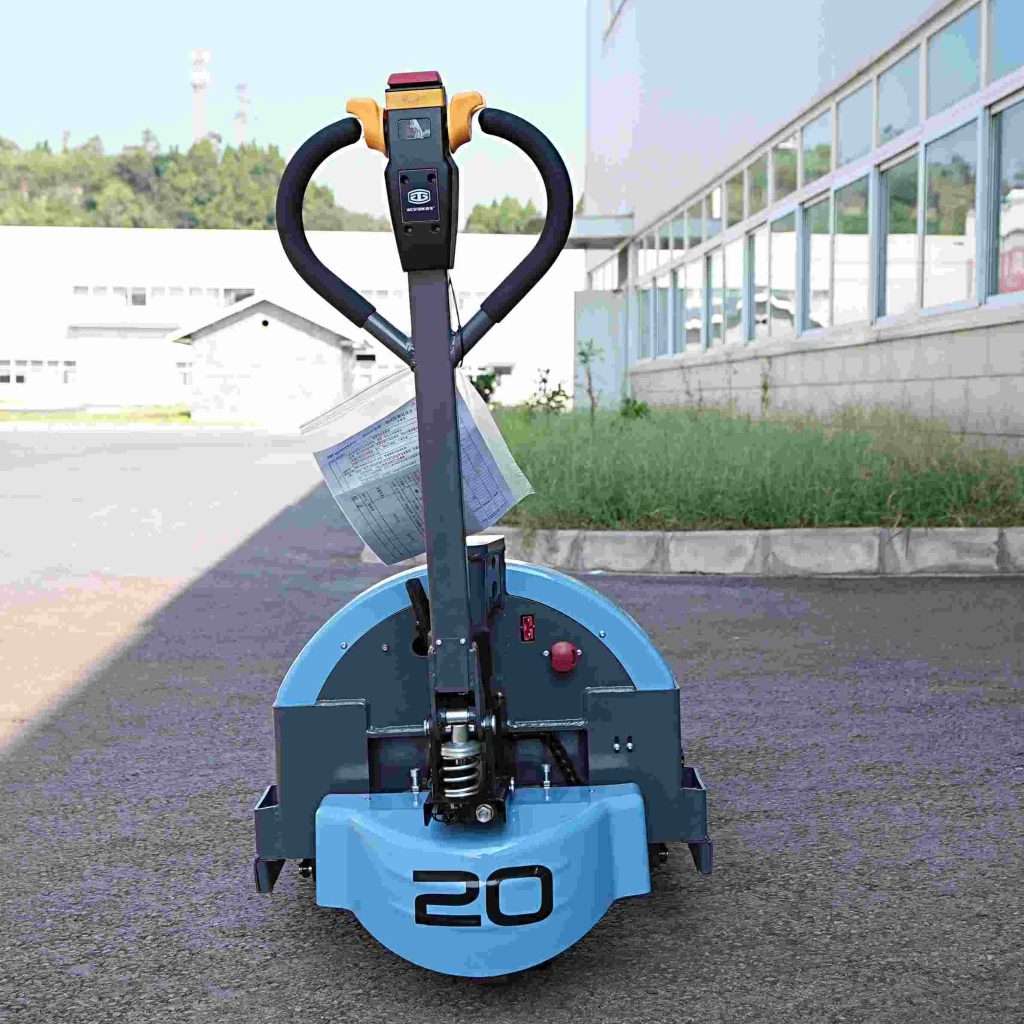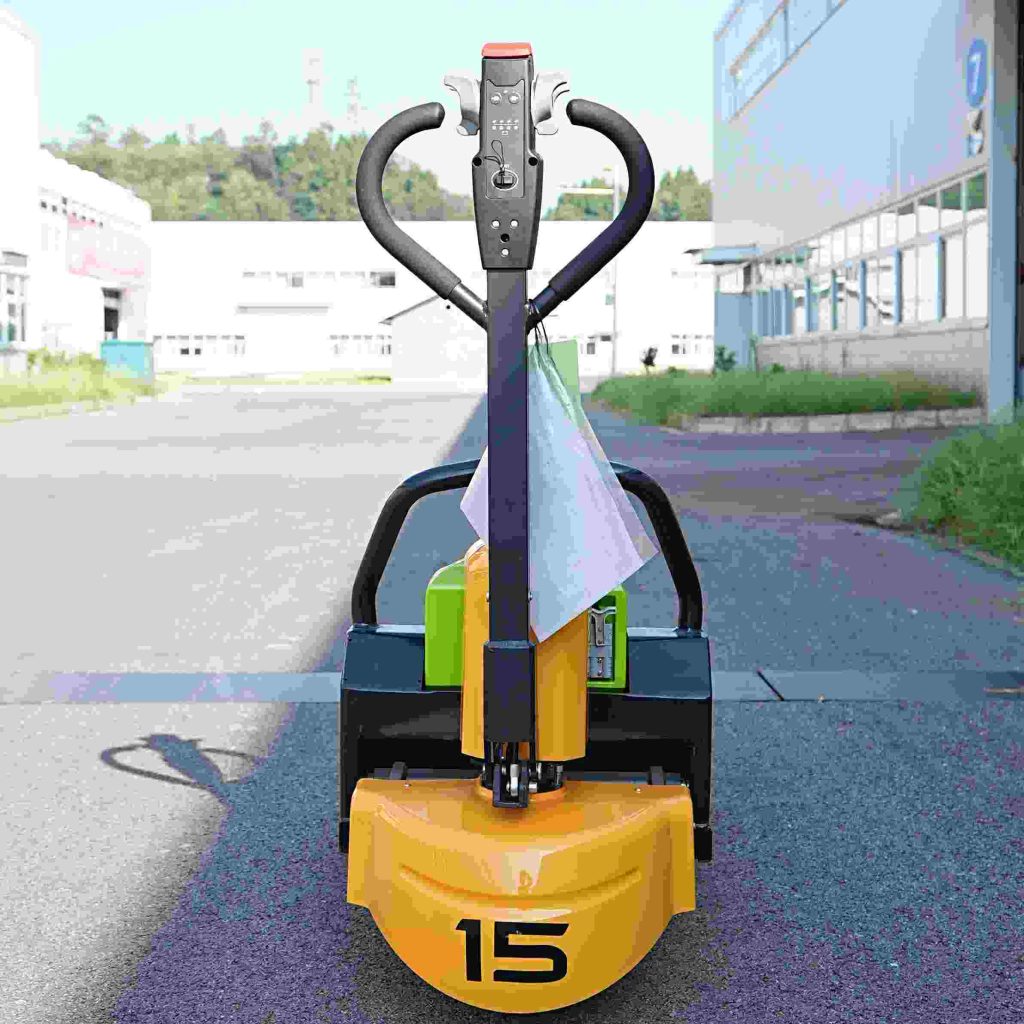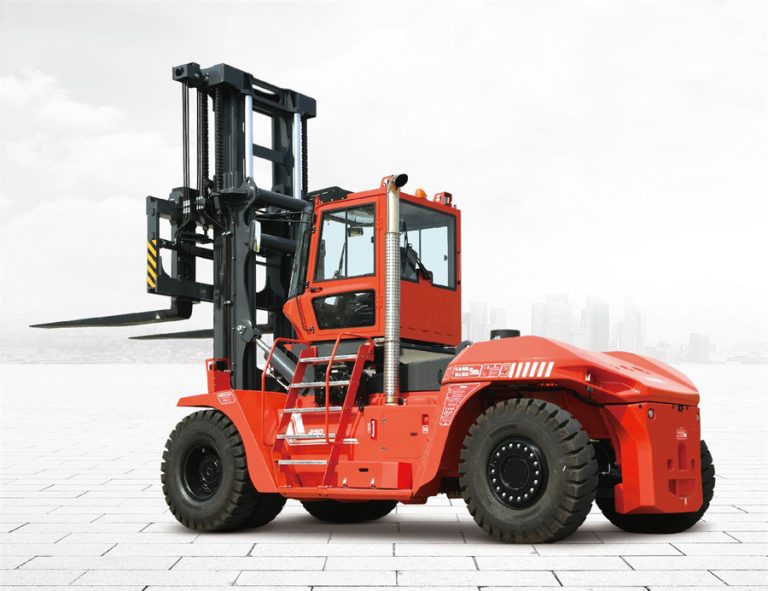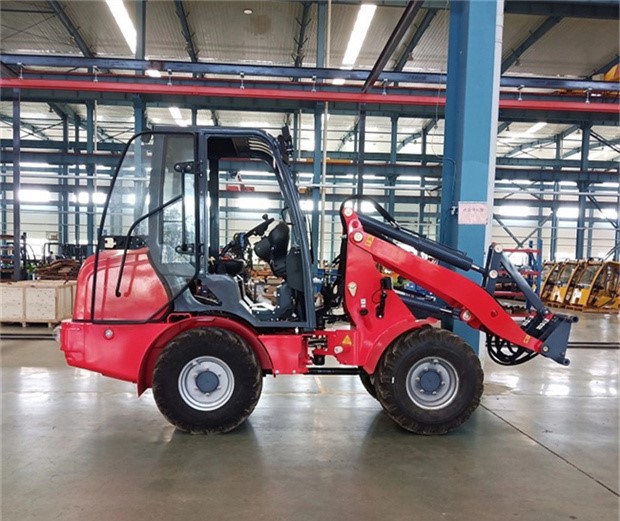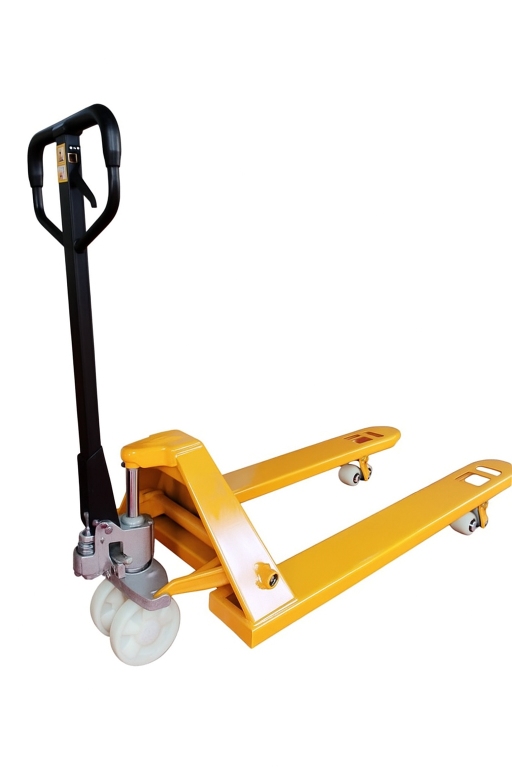Hey there, if you’re knee-deep in warehouse ops or just starting to gear up your logistics setup, picking the right pallet truck can feel like a game-changer. I’ve been around the block with material handling gear, and let me tell you, it’s not just about grabbing the cheapest option off the shelf. Nah, it’s about finding that sweet spot where efficiency meets reliability without breaking the bank or your back. In this post, we’re diving into the top 10 features to look for when buying a pallet truck. We’ll keep it real with some warehouse tales, a bit of data from the trenches, and tips that could save you headaches down the line. Whether you’re hauling boxes in a bustling distribution center or shuffling pallets in a tight retail backroom, these pointers should help you nail it.
Understanding Pallet Trucks: A Quick Rundown
Before we jump into the features, let’s get on the same page about what a pallet truck really is. You know, those handy lifters that make moving heavy stuff feel less like torture? Basically, they’re the workhorses of any storage or shipping operation. There are manual ones you pump by hand—great for light duty but a real workout on busy days. Then you’ve got electric versions that zip around with a button push, perfect when you’re dealing with heavier loads or longer hauls. And don’t forget semi-electric models, which mix a bit of both worlds: power for lifting, manual for steering.
From my experience chatting with warehouse folks, electric pallet trucks are stealing the show these days. Why? They cut down on operator fatigue big time. Picture this: instead of huffing and puffing to lift a 2,000-pound pallet, you just guide the thing effortlessly. Industry stats back this up—according to a report from the Material Handling Institute, switching to electric models can bump productivity by up to 30% in high-volume setups. But hey, not every truck is created equal, so let’s break down those must-have features.
The Top 10 Features: What Really Matters
Alright, let’s get to the meat of it. When you’re out there shopping, these are the boxes you gotta tick. I’ll throw in some real-world examples to make it stick.
1. Load Capacity: Don’t Skimp on Strength
First off, load capacity is king. This tells you how much weight the truck can handle without buckling. Think about your heaviest pallets—maybe stacked with auto parts or crates of produce. If you’re in manufacturing, you might need something that hauls 5,000 pounds easy. Go too light, and you’re risking breakdowns or worse, accidents.
I remember a buddy in a food warehouse who cheaped out on a 3,000-pound model for 4,000-pound loads. Ended up with bent forks after a month. Lesson learned: always add a 20% buffer for safety. Capacities range from 2,000 to 6,000 pounds typically, so match it to your daily grind.
2. Lift Height: Reach for the Stars (or Shelves)
Next up, lift height. How high does this bad boy need to go? In a standard warehouse, 8 inches might do for ground-level moves, but if you’re stacking on racks, aim for 8 feet or more. Electric models shine here, lifting smoothly without the manual pump struggle.
Take a shipping yard scenario: you’re unloading trucks and need to stack containers two high. A low-lift truck? Forget it—you’ll be double-handling everything, wasting time. Data from logistics pros shows that proper lift height can shave 15-20% off cycle times. Just make sure the truck’s stable at max height; no one wants a wobbly load crashing down.
3. Maneuverability: Nimble in Tight Spots
Maneuverability can make or break your day in cramped aisles. Look for a tight turning radius—under 60 inches is ideal for narrow paths. Ergonomic handles and smooth wheels help too, especially on uneven floors.
I’ve seen operators in retail stockrooms swear by compact designs. One time, in a packed electronics warehouse, a truck with power steering dodged aisles like a pro, while bulkier ones got stuck. If your space is like a maze, test drive a few. Pneumatic tires for rough terrain or polyurethane for smooth indoors? That’s the kind of detail that pays off.
4. Battery Life: Keep the Juice Flowing
For electric pallet trucks, battery life is a biggie. You want one that lasts a full shift—say, 8-10 hours on a charge. Quick-charge options are gold, cutting downtime from hours to minutes.
Picture a busy holiday season in e-commerce: your truck dies mid-shift, and orders pile up. Not fun. Lithium-ion batteries are trending, lasting twice as long as lead-acid ones with less maintenance. Check the specs—some models give you 5 miles per charge at full load. It’s all about keeping things moving without constant pit stops.
5. Maintenance Needs: Easy Fixes Mean Less Hassle
Nobody likes downtime for repairs. Go for trucks with simple access to parts like wheels or hydraulics. Self-diagnostic features? Even better—they flag issues before they blow up.
From what I’ve heard in industry forums, low-maintenance models can cut service costs by 25%. Grease fittings that are easy to reach, or sealed components that resist dust—stuff like that adds up. And yeah, sometimes you gotta factor in training your team on basic upkeep to avoid calling pros every week.
6. Safety Features: Protect Your Crew
Safety isn’t optional. Look for anti-slip platforms, emergency stops, and horn alerts. Stability controls prevent tipping on inclines, and some have speed limits when loaded.
Real talk: OSHA reports thousands of forklift-related injuries yearly, many from pallet trucks. In a lumber yard I visited, trucks with automatic brakes saved a guy from a runaway load. Overload sensors are clutch too—they beep if you’re pushing limits. Prioritize this; it’s about going home safe.
7. Customization Options: Tailor It to Your Gig
Can you tweak it? Adjustable forks for odd-sized pallets, or attachments like scales for weighing on the go? Customization turns a good truck into a great one.
In a custom furniture shop, they added side shifters to handle wide loads without repositioning. Not every supplier offers this, but it’s worth asking. It might cost extra upfront, but saves time long-term.
8. Warranty Coverage: Peace of Mind Included
A solid warranty speaks volumes. Aim for 1-2 years on parts and labor, covering the motor and battery especially.
I once dealt with a short warranty that left me high and dry on a faulty pump. Better ones include on-site service. Read the fine print—does it cover wear and tear? That’s the difference between a deal and a dud.
9. Price Point: Value Over Cheap
Price matters, but don’t chase rock-bottom. Factor in total ownership cost—fuel, maintenance, lifespan. Electric models might cost more initially but save on labor.
Market averages? $2,000 for manuals, up to $5,000 for electrics. Compare features; a pricier one with better battery could pay for itself in a year through efficiency gains.
10. Customer Feedback: Real Users Spill the Beans
Finally, dig into reviews. What do actual operators say about durability or ease of use? Forums and sites like industry boards are treasure troves.
One review I read raved about a model’s quiet operation in a hospital setting—no disturbing patients. But watch for patterns; if multiple folks gripe about weak batteries, steer clear.
Oh, and a side note: sometimes reviews mention quirky stuff like handle grip comfort. Little things, but they matter when you’re using it all day.
Why Choose JinChengYu FORKLIFT as Your Pallet Truck Supplier
If you’re hunting for reliable pallet trucks, check out JinChengYu FORKLIFT. Based in Qingdao, China, these guys specialize in material handling gear, including a solid lineup of electric and semi-electric pallet trucks. They’ve got a rep for durable builds suited for tough warehouse environments, with options from 1.5-ton models up to heavier duty ones. Their focus on quality parts and global service networks means you’re not left hanging post-purchase. Plus, they emphasize eco-friendly designs, which is a nice touch in today’s green-push world.
Conclusion
Wrapping this up, nailing the top 10 features to look for when buying a pallet truck boils down to matching your needs with smart picks. From load capacity that handles your heaviest hauls to safety tweaks that keep everyone safe, it’s about building efficiency without the fluff. Skip the guesswork, and you’ll end up with gear that boosts your ops. Ready to shop? Keep these in mind, and you’ll be set.
FAQs
What are the top features to consider for battery life when buying a pallet truck?
Battery life is crucial for uninterrupted work. Look for models offering 8-10 hours per charge, especially lithium-ion types that recharge fast. In a real warehouse, this means fewer breaks and more pallets moved—think doubling your throughput on peak days.
How does maneuverability impact my choice in the top 10 features to look for when buying a pallet truck?
Tight spaces demand a small turning radius and smooth controls. If your aisles are narrow, like in a grocery stockroom, a compact truck prevents bumps and speeds things up. It’s all about flowing through the day without frustration.
Why is load capacity one of the top 10 features to look for when buying a pallet truck?
It ensures safety and efficiency. Overloading leads to breakdowns, so pick one with a buffer over your max weight. For instance, in logistics, a 5,000-pound capacity handles most crates without strain, cutting repair calls.
Should safety be prioritized in the top 10 features when buying a pallet truck?
Absolutely, it’s non-negotiable. Features like emergency stops and stability aids prevent mishaps. I’ve seen them save the day in busy yards, where a quick brake avoids collisions—worth every penny for peace of mind.
Are customer reviews part of the top 10 features to look for when buying a pallet truck?
Yep, they give unfiltered insights. Real users highlight pros like durability or cons like noisy operation. Scour them to avoid lemons; it’s like getting free advice from folks who’ve been there.

